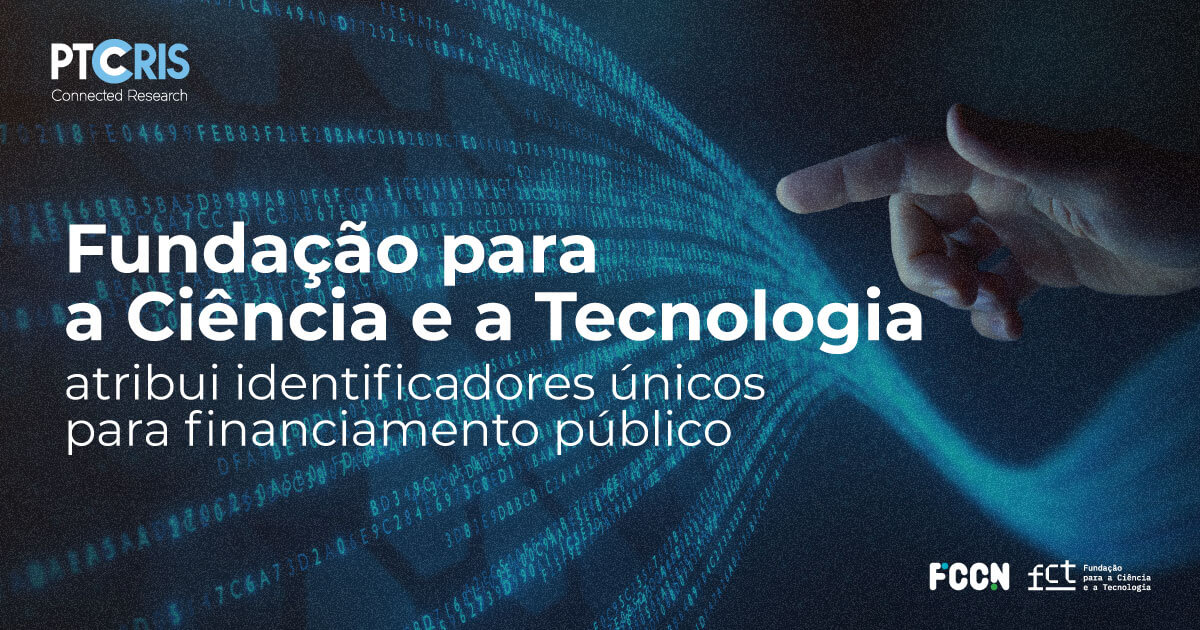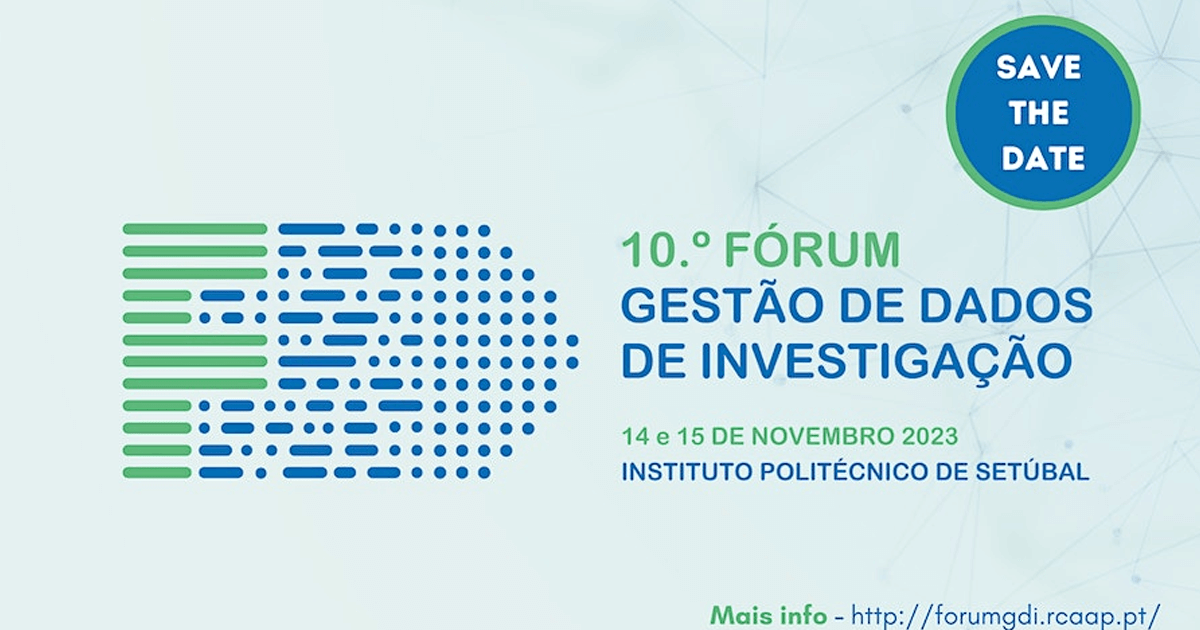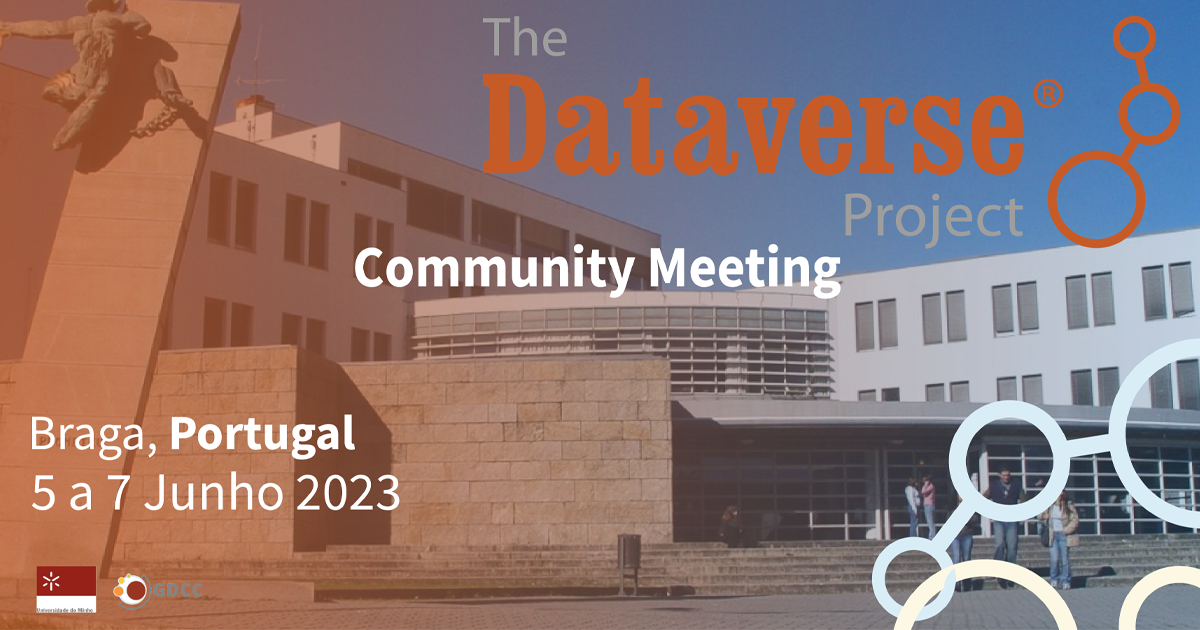Desde 2000 que a rede SciELO serve como apoio à comunicação científica em acesso aberto. O gestor desta atividade, Paulo Lopes, conta-lhe tudo sobre o papel e relevância deste serviço da Fundação para a Ciência e a Tecnologia, gerido através da unidade FCCN.
Qual a relevância do SciELO no paradigma científico e académico atual?
O SciELO (Scientific Electronic Library Online / Biblioteca Científica Digital Online) assume um papel de relevo para o desenvolvimento da investigação científica. Através do aperfeiçoamento e ampliação dos meios, infraestruturas e capacidades de comunicação ou avaliação dos resultados veiculados por revistas de qualidade crescente em Portugal, o ScieELO permite que estas sejam publicadas em acesso aberto e alinhadas progressivamente com as práticas de comunicação da ciência aberta.
Quais as principais mais-valias que nascem desse alinhamento?
A adoção e obediência aos mesmos princípios, objetivos, tecnologias e metodologia de indexação, comum a todos os nós da rede, traz diversas vantagens. Contribui para o aumento sistemático e sustentável da visibilidade, acessibilidade, qualidade, credibilidade, bem como do uso e impacto nacional e internacional de revistas de qualidade, que compõem cada um dos nós nacionais.
Existe uma atualização constante deste recurso?
Os critérios de permanência das revistas na coleção do SciELO são frequentemente atualizados. Desta forma, é requerido o aperfeiçoamento contínuo das revistas indexadas, cada uma no cumprimento da sua missão e alinhadas com o estado da arte internacional em edição, publicação, disseminação, interoperabilidade e marketing científico.
De que forma tem evoluído o SciELO, desde a sua fundação?
As conversações com as entidades que gerem a rede SciELO tiveram início no ano 2000, com o lançamento do nó SciELO Portugal a ocorrer em 2005, com um conjunto inicial de 7 revistas.
A coleção SciELO Portugal foi certificada em 2007 e, em 2018, iniciaram-se os trabalhos entre a FCT e a DGGEC, tendo em vista a transição da gestão da coleção para a FCT. Esse processo terminou em março de 2021, altura em que a FCT passou a assegurar a gestão integral do serviço.
Quais os passos mais importantes dados nesse caminho?
Este processo envolveu a criação de um novo Comité Consultivo SciELO Portugal, que, genericamente, procede à seleção das revistas científicas que pretendem integrar a plataforma, pela revisão dos critérios que regulam a admissão e permanência das revistas na coleção.
Existem números recentes que ilustram a sua dimensão e crescimento?
O número de revistas presentes na coleção tem sido crescente ao longo dos tempos, embora, desde 2021, face a critérios mais exigentes e à necessidade de mudar de tecnologia de marcação dos artigos, se tenha assistido a uma ligeira diminuição das revistas ativas.
Neste momento, a coleção é composta por 59 revistas ativas e 30 não ativas. Por comparação, em 2013, existiam 43 revistas indexadas. A atual coleção conta com cerca de 29 mil documentos e mais de 574 mil referências citadas.












